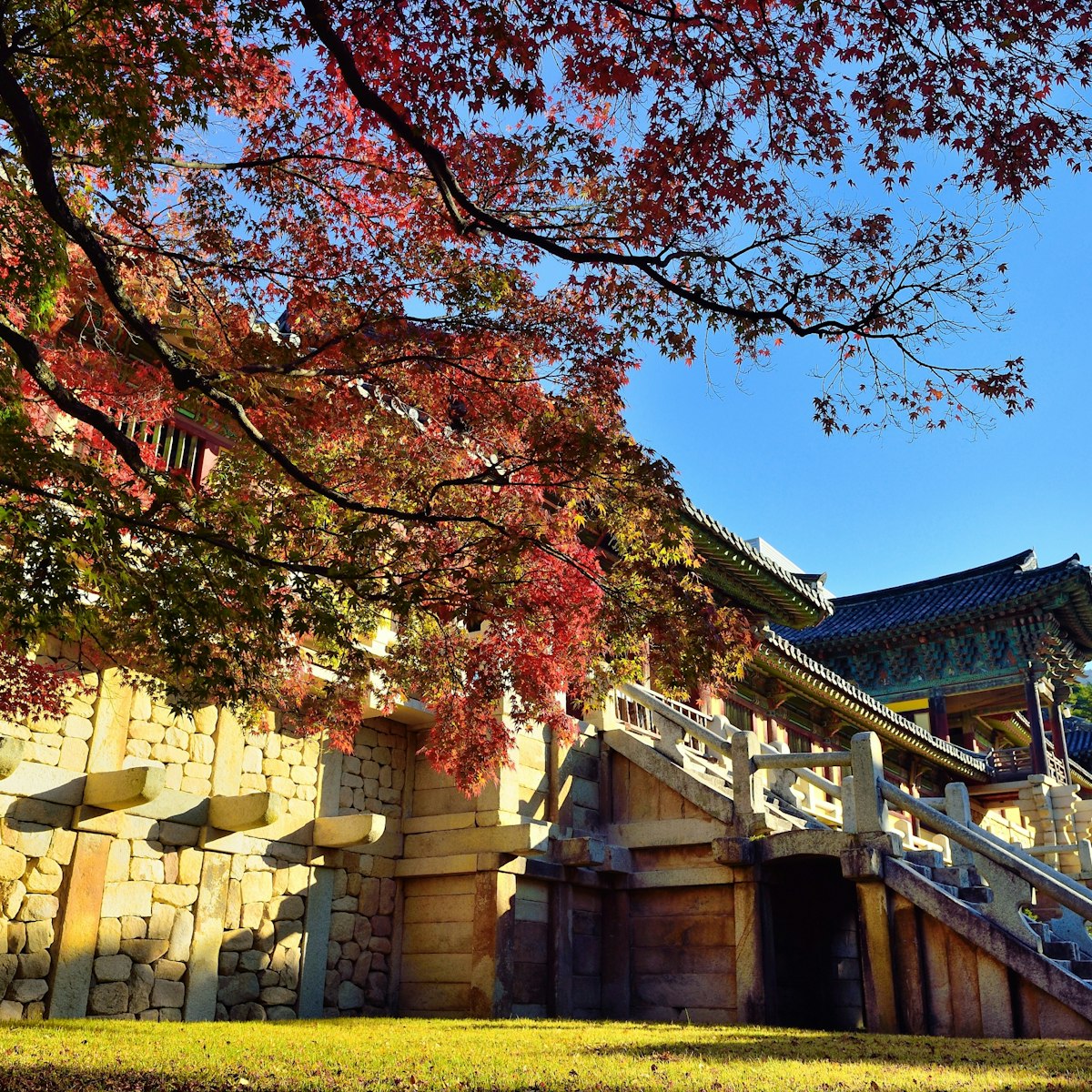Established in 1572 in honour of Yi Eon-jeok (1491–1553), Oksan Seowon was one of the most important seowon, or Confucian academies. Enlarged in 1772, it was one of few to escape destruction in the 1860s. An early-20th-century fire destroyed some of the buildings, however; today only 14 structures remain, so it's not large and can be quickly explored. With its location at the base of the hills and next to a gushing river, the academy has perfect pungsu (feng shui).
To the left of the main entrance (as you face it) is Sesimdae (세심대), a series of flat rocks next to the waterfalls that surge past the academy. The name literally means 'Terrace for cleansing the mind/heart' (signs in hanja saying 洗心臺 point to it); it is indeed a most entrancing and relaxing spot.

